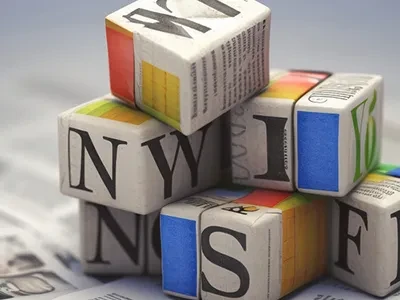
You probably see Marking or reflective tapes used throughout your facility and don’t give it much thought. After all, you already know there’s a step-down here or a potentially dangerous piece of equipment there, so it might seem like the tape isn’t doing much help to you. However, it plays an incredibly important role in the workplace.
Marking tape is applied to facility surfaces for a variety of purposes, including drawing attention to a hazard, identifying uneven surfaces or low clearances, marking boundaries and pathways, outlining emergency exit plans, and more. It often has reflective properties, which make it stand out from surrounding surfaces, so facility workers and visitors notice it and the information it is conveying.
You have probably wondered how long does reflective tape last. Reflective tape is a durable and cost-effective way to improve visibility during low light conditions. This type of tape can be used for up to 10 years before it needs to be replaced. It increases safety in the workplace and marks hazards and emergency escape routes. Here are a few reasons to use this type of tape. This material is made of micro-prismatic retro-reflective material.
Reflective tape has a life span of 3-7 years
Reflective tape is available in two main types, adhesive and pressure-sensitive. The former is flexible and can be applied to various surfaces. Pressure-sensitive tape is durable and can withstand extreme temperatures. However, it costs more than adhesive tape. The latter type is made up of high-tech materials such as snippet webs. They have a longer service life and are ideal for screen printing. Both adhesive and pressure-sensitive tape have their advantages and disadvantages.
Reflective tape comes in various colors and sizes, and its lifespan varies from three to ten years. Its life span is dependent on the type and the thickness of the tape used. High-intensity PC-type tapes have a life span of seven years, while red silver and prismatic tapes are good for up to ten years. The adhesive layer of reflective tape typically protects lining paper underneath, while some tapes have an air layer between the glass beads and the surface protection. It is available in two main types, PET sticky tape and acrylic sticky tape. The former is tear-resistant, while the latter is untearable.






